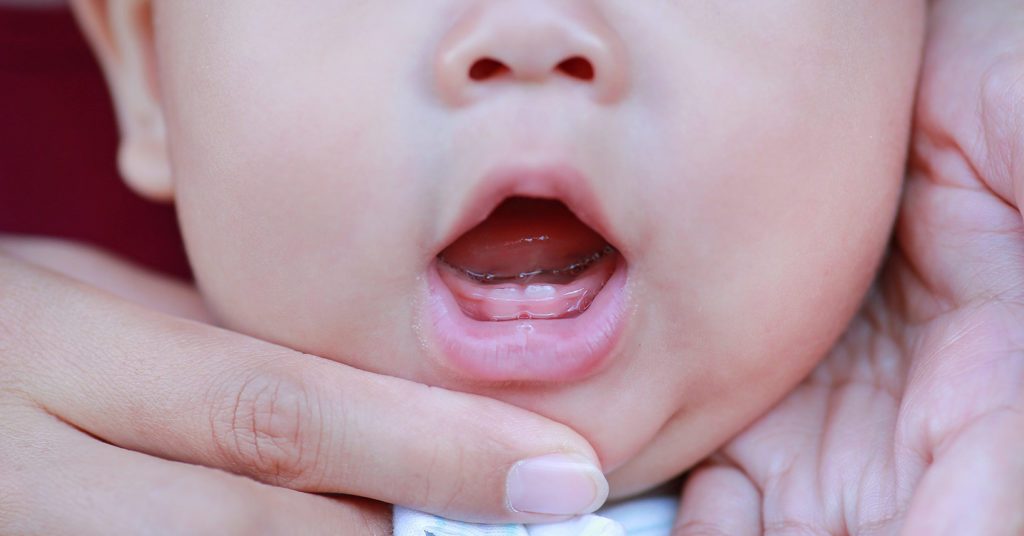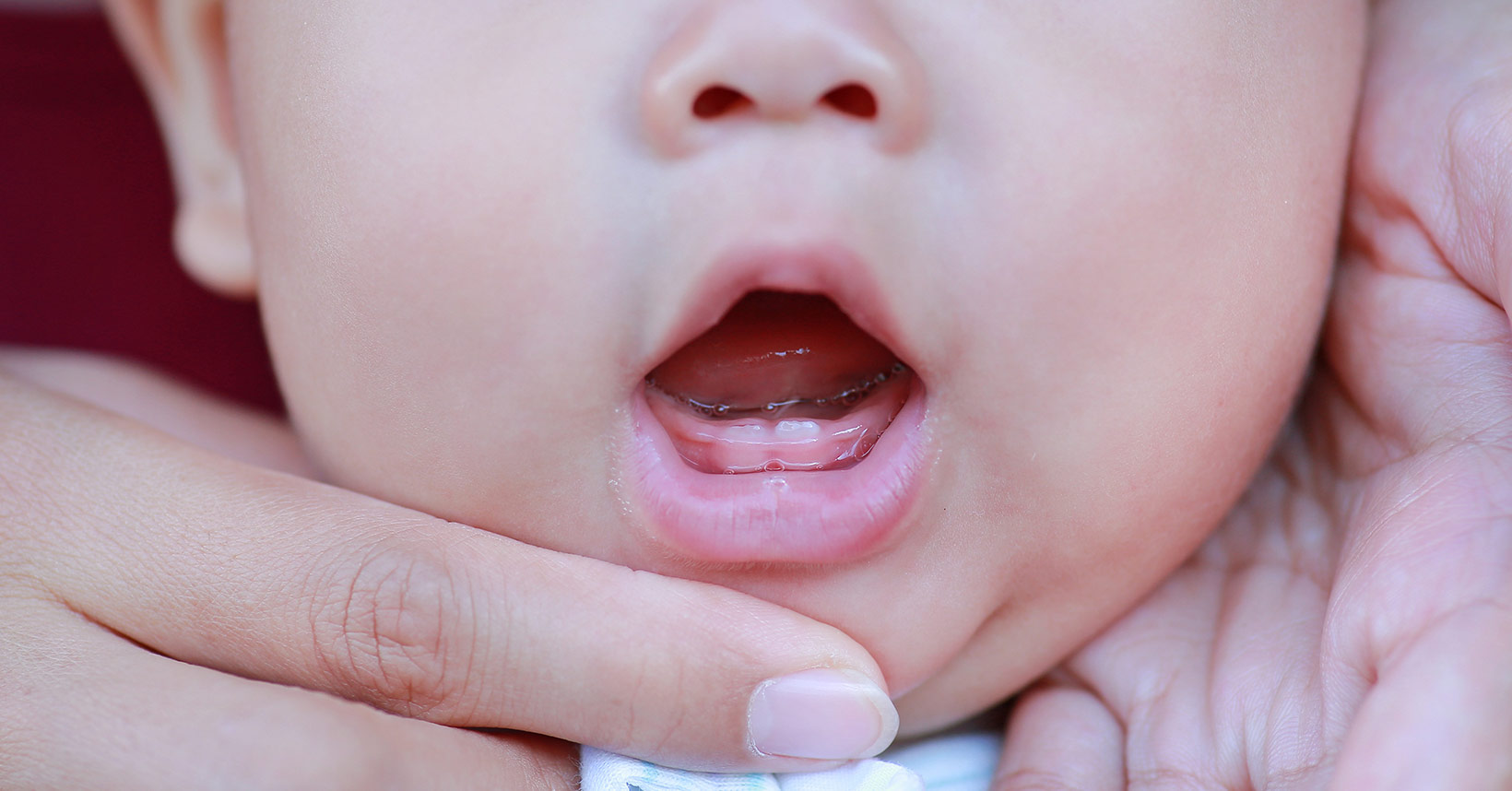
Every Pinecrest dentist knows Teething is a rite of passage for children. Parents and guardians often search for a way to help them through this difficult period. Some choose natural remedies handed down through generations, while others search for contemporary treatments. No matter which side you fall on, try these tips that might just get your little one through the awkward and painful introduction to teeth.
Massage Gums
Rubbing a child’s gums is a safe and calming choice for children facing the pain of new teeth. Anyone can do this simple technique that relies on a soothing touch to ease away stress as teeth push through the gums. First and foremost, the finger used should be cleaned and sterilized to prevent any germs from entering the mouth. Start by rubbing the gum in a circular motion gently over spots that appear to be causing the problem. Don’t stay too long on a spot and be sure to gauge the child’s level of comfort to ensure everything is going well. Try to avoid placing any treatments or solutions on the finger for this first pass, instead focus on applying any medication on the next pass. Make sure the finger is cleaned between passes to ensure that nothing unwanted comes in contact with the child’s mouth.
Look For Cold Items
For years, teething rings have been the go-to item for anyone trying to help a child. While it remains a choice, many parents and guardians have found other chilled or cold items that can also do the job without the use of plastics or chemicals. Fresh fruits and vegetables can be easily converted into a teething ring of their own. Simply place them in the fridge and let them cool down to a temperature that soothes without hurting a child’s gums. Make sure to avoid using the freezer since it will reduce temperatures to unsafe levels. It’s a common myth that freezers can produce the right level of cooling or cold, but it just isn’t necessary for most cases. Even some refrigerators can dip into colder than expected temperatures.
Be Wary Of Hazards
Never give your child an item that has not been approved for teething. One of the biggest mistakes is allowing a child to chew on a plastic item or something in the kitchen such as utensils; none of these options offer help and can in fact harm a child. Other items to watch out for include jewelry or toys that can fit into their mouth, both could become a choking hazard
Some products on the market could claim that they are made to help children, but they could feature dangerous ingredients that offer no proven value for their claims. In both cases, it pays to understand what is in every product and how it could affect a child. Talk to a dentist before applying anything to a child’s gums or teeth. In most cases, you should already be setting them up for an appointment with their dental care professional and this time can be helpful to discuss any questions with the dentist.
